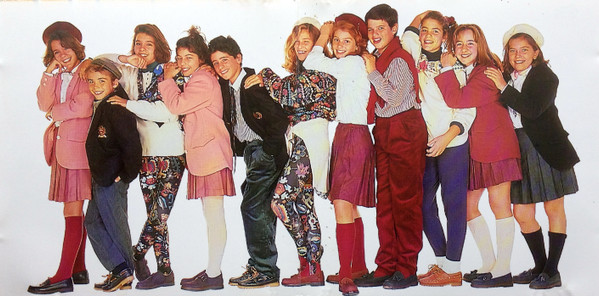Born in Beringel, in Beja, in Baixo Alentejo, on November 12, 1949, she was the daughter of Bernardo Soares, born in Vila Nova de Poiares, and adopted by his wife, Serafina Coelho, born in Moura.
She attended singing lessons with teacher Maria do Rosário Coelho. Later, it was at the Louisiana bar, in Cascais, that she began to socialize with the musicians of her time and met Carlos Zíngaro, from the jazz group Plexus, who made her enter her artistic career as part of Banda do Casaco, an innovative group in popular music. Portuguese from the 70s.
It was, in fact, from the song “Romance de Branca Flor” from the album Coisas do Arco da Velha (considered in Portugal as ‘Disc of the Year’ from 1976), that she got the artistic name that would make her famous in her solo career.
In 1976, she presented on RTP, alongside Júlio Isidro, the television program O Fungagá da Bicharada, later embarking on a singing career with the editing of the soundtrack for that same program.
She participates for the first time, in the Festival RTP da Canção of 1979, with the theme of Tozé Brito Our love story. That same year, she was successful on RTP’s Pisca-Pisca program with the song “Banho de Lua”.
He returned to the Festival RTP da Canção by the hand of his friend Carlos Paião, first in 1983, with the theme “Trocas baldrocas”, and the following year with “Vinho do Porto (Vinho de Portugal)” in a duet with the author of the song.
In 1985, she released the children’s album Cantigas da Minha Escola. In 1987, it was the turn of Cantigas da Nossa Terra. Both albums had the collaboration of Carlos Paião and a notable success in the recording scene in Portugal.
She has collaborated with many other names in Portuguese popular music and, throughout her career, has given show after show for Portuguese emigrants abroad.
On television, she was always a very frequent presence and was even invited to participate in historic RTP programs such as Casino Royal and Congratulations (by her great friend Herman José), Piano Bar (by Simone de Oliveira), Sons do Sol (by Júlio Isidro), Praça da Alegria (by Manuel Luís Goucha and Sónia Araújo), among others. She participated in numerous editions of the Natal dos Hospitais program, in which she was always well-loved by the public.
In the television program Todos ao Palco by director Filipe La Féria, Cândida Branca Flor appeared in a much appreciated theatrical presentation.
On July 11, 2001 she committed suicide, surprising fans as she projected an image of contagious joy in public.
On the day of her funeral, thousands of people attended the ceremonies and they enjoyed wide media coverage (from television to the written press). At the moment of the burial of her body, a touching applause from her countless admirers – among them renowned artists and also simple folk – echoed in the city of Lisbon.
She is buried in the Artists Field at the Prazeres Cemetery, in Lisbon.
Posthumous Tributes
In 2008, Renato Carrasquinho produced an album commemorating the 25th anniversary of the artist’s career, edited by Farol Música (with the support of Universal Music), and in which he gathered some testimonies from friends and career companions of the performer such as António Sala, Herman José , Tozé Brito and Ramon Galarza.
In September 2011, Teatro Aberto premiered the play “Cândida – Uma História Portuguesa”, a Cassefaz production inspired by the life of Cândida Branca Flor, in a mixture of real facts and fiction.
André Murraças, author of the text, explained that «the objective was to try to understand how an artist who is stuck in a system lives, what he has to do to enter, continue and not leave. It’s a show about her, about all the Candidas».
Play starring the actress Sílvia Filipe and with the special participation of Guilherme Filipe. Directed by Paulo Ferreira and André Murraças, the latter published the book Cândida – Uma História Portuguesa about her.
Source: wikipedia












Morava em Moscavide acho eu!
Mas conhecia as musicas dela